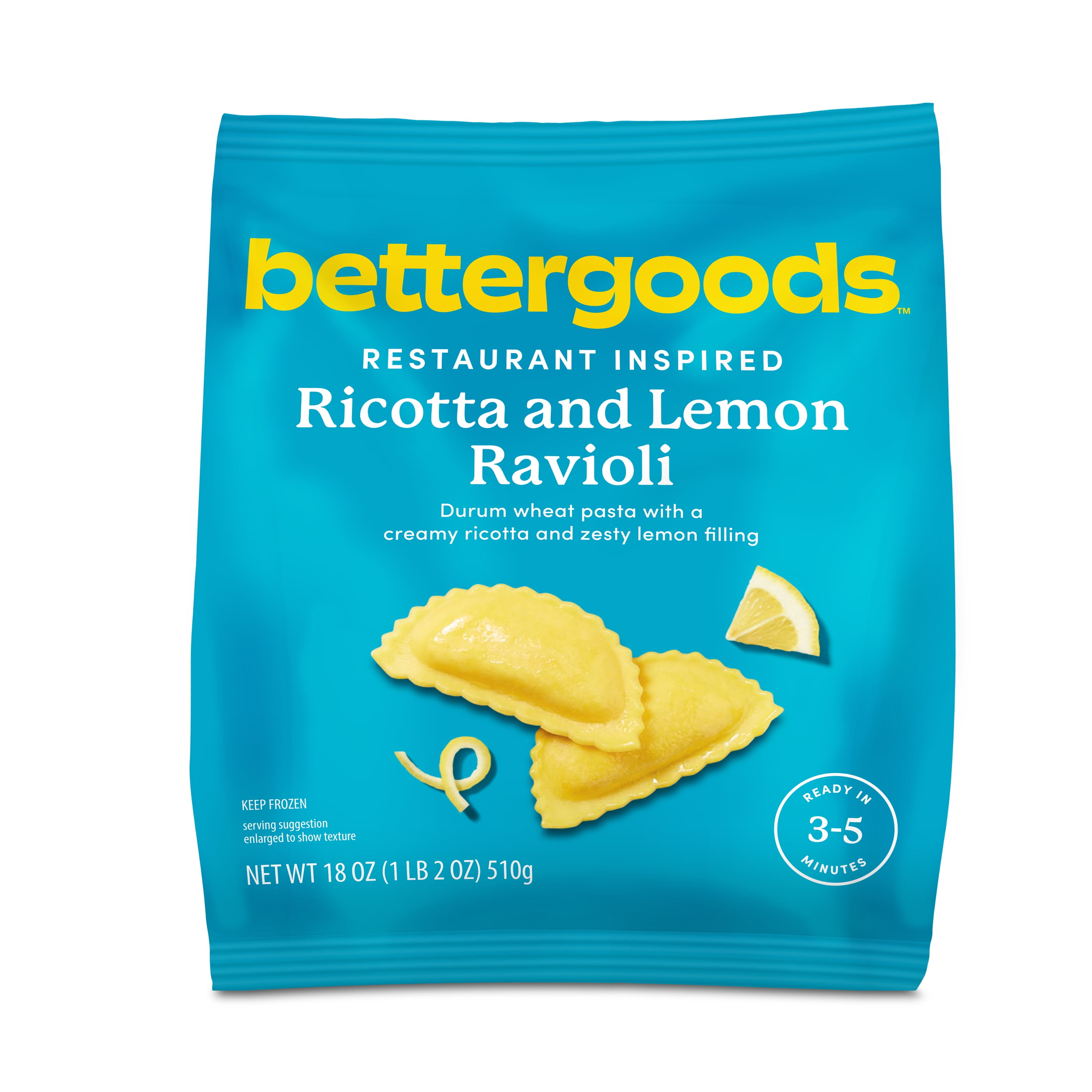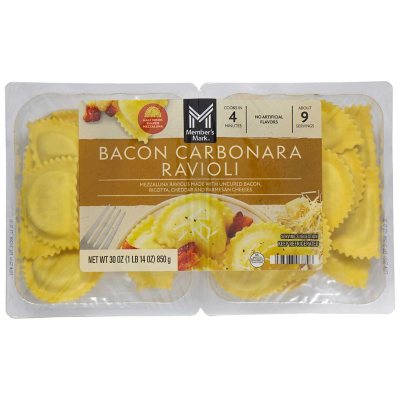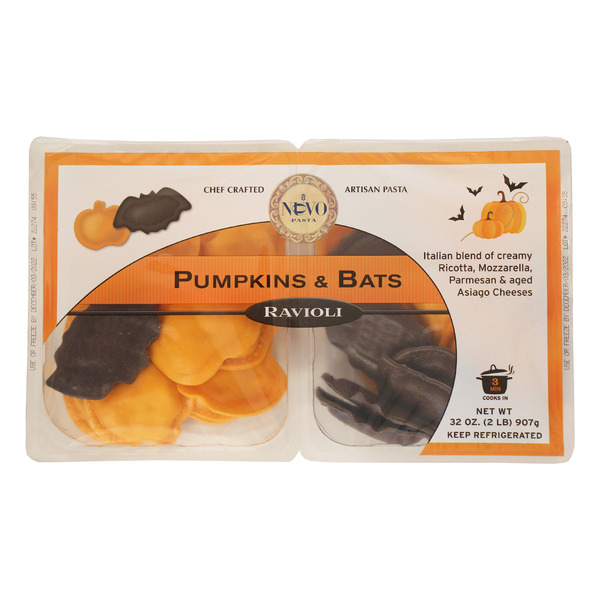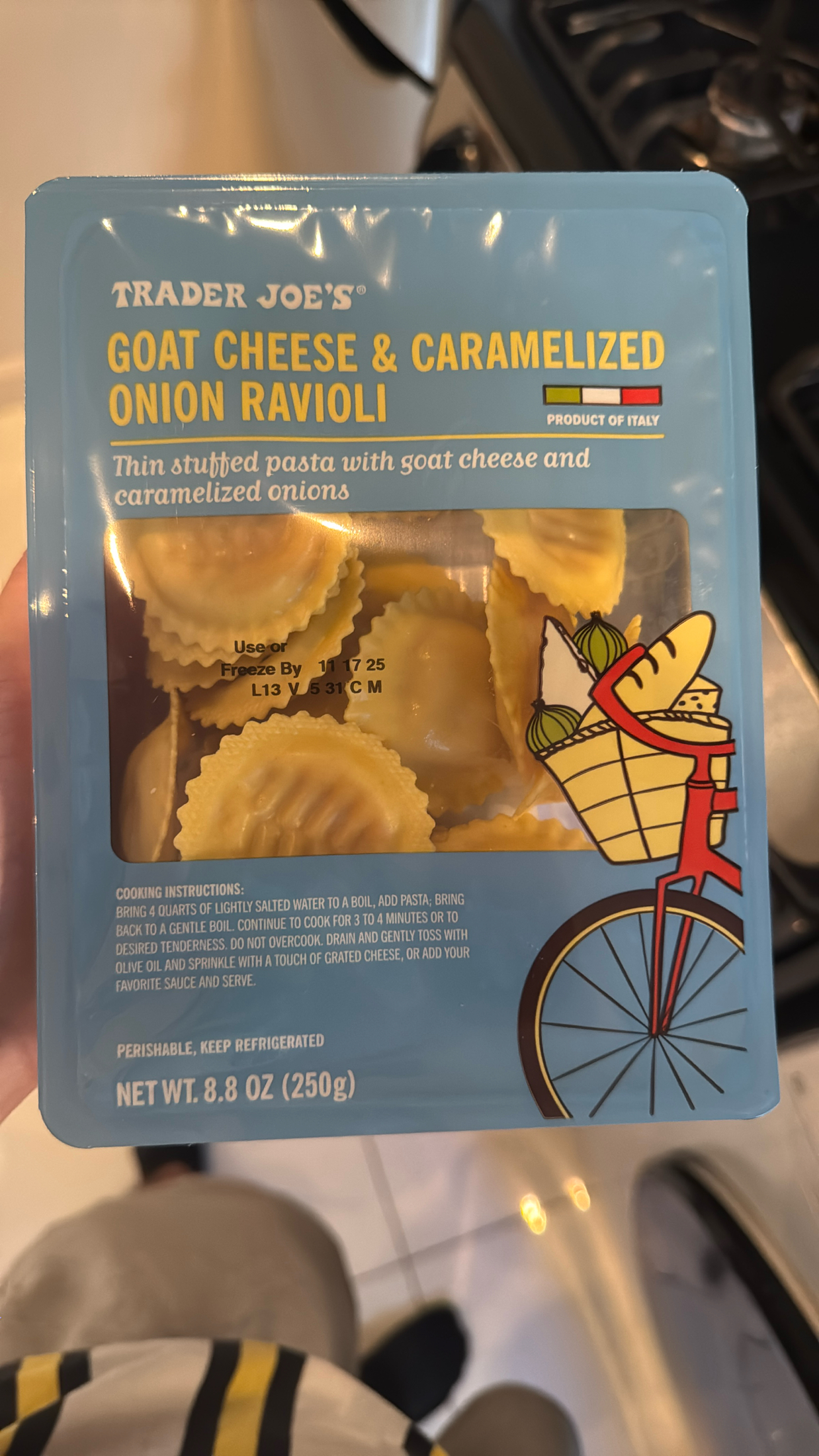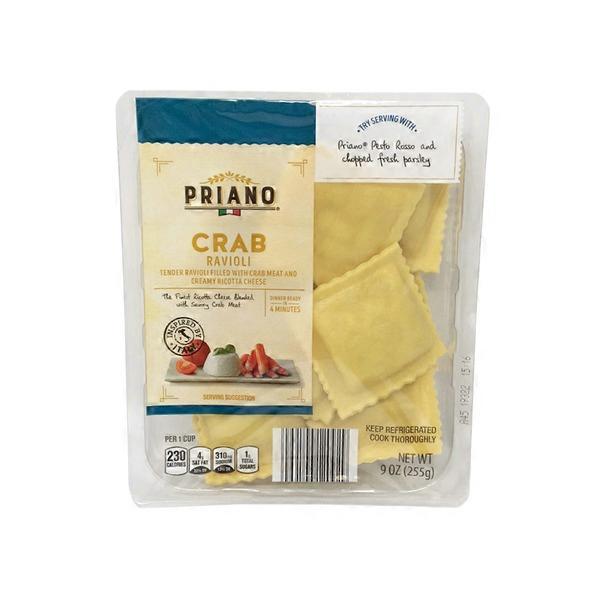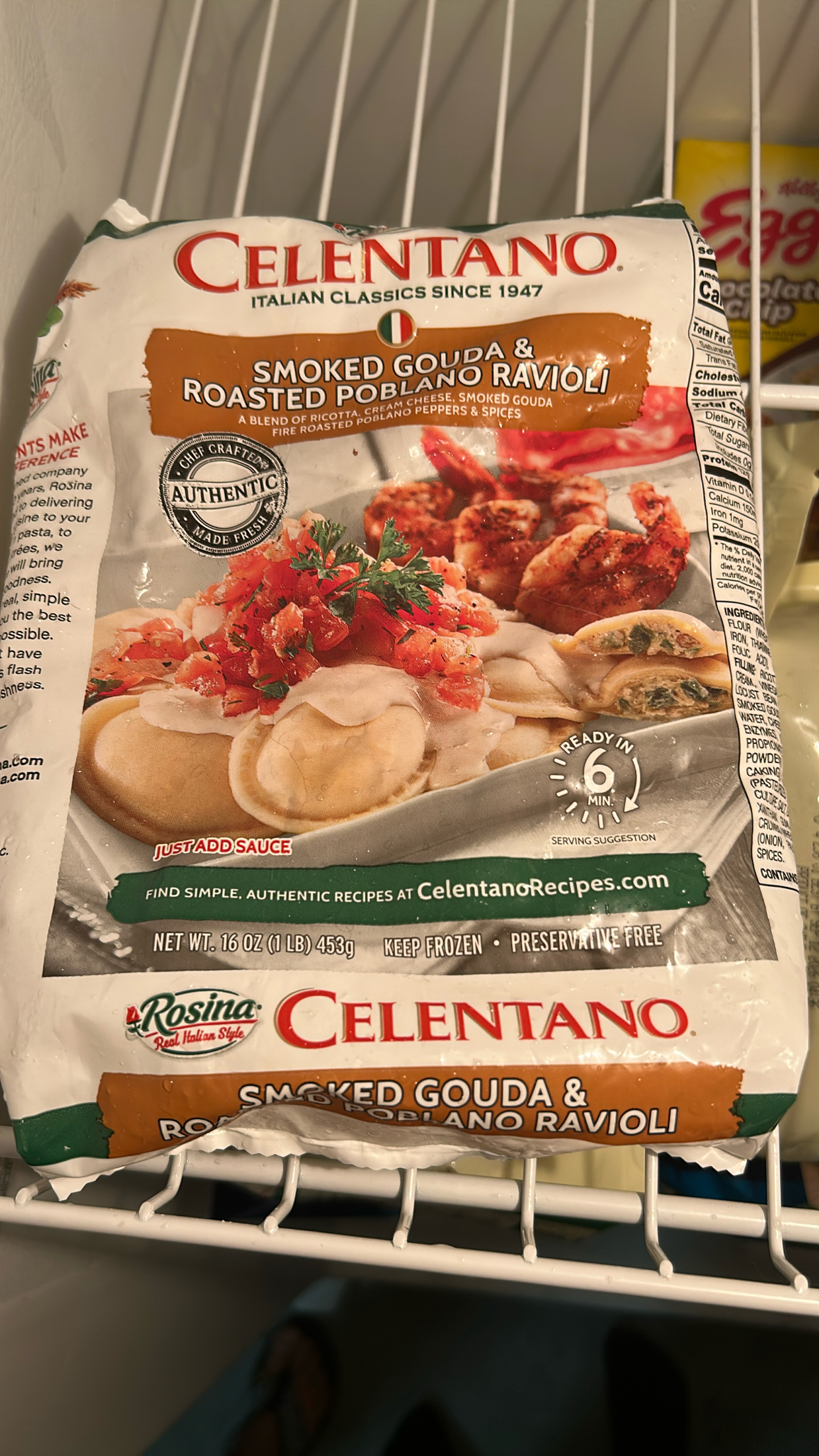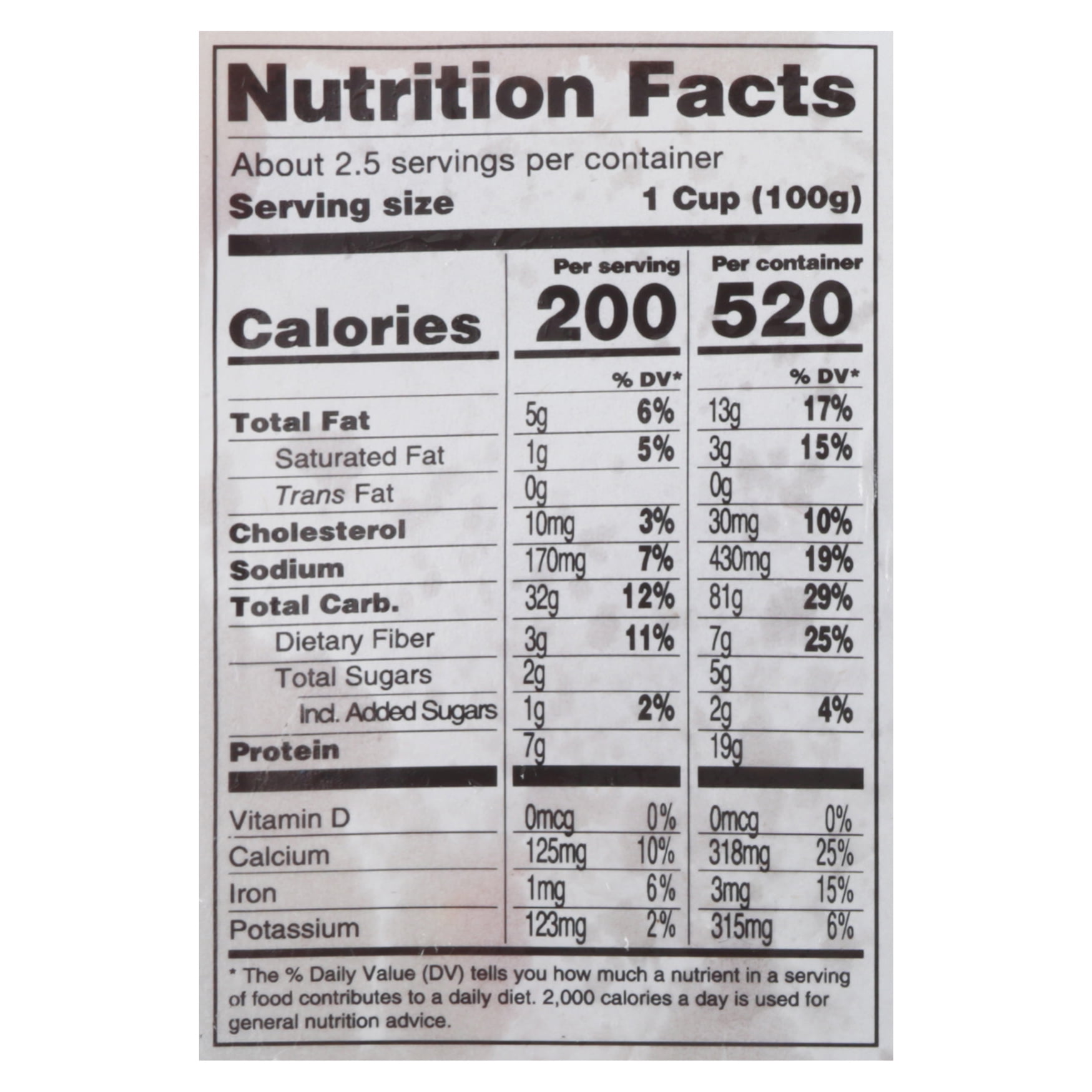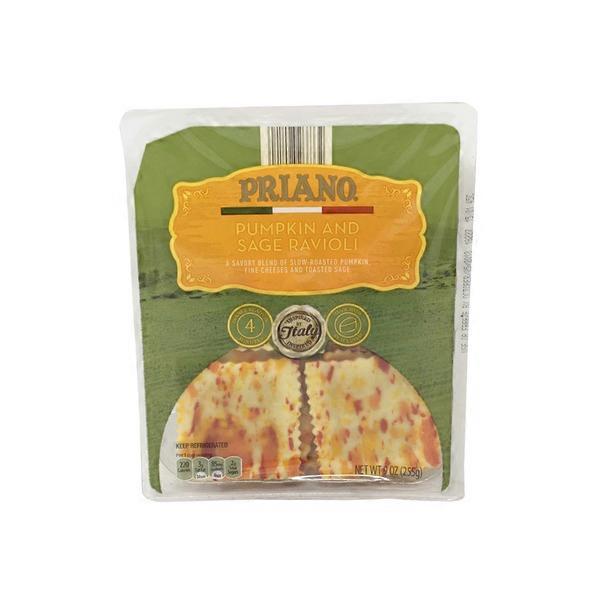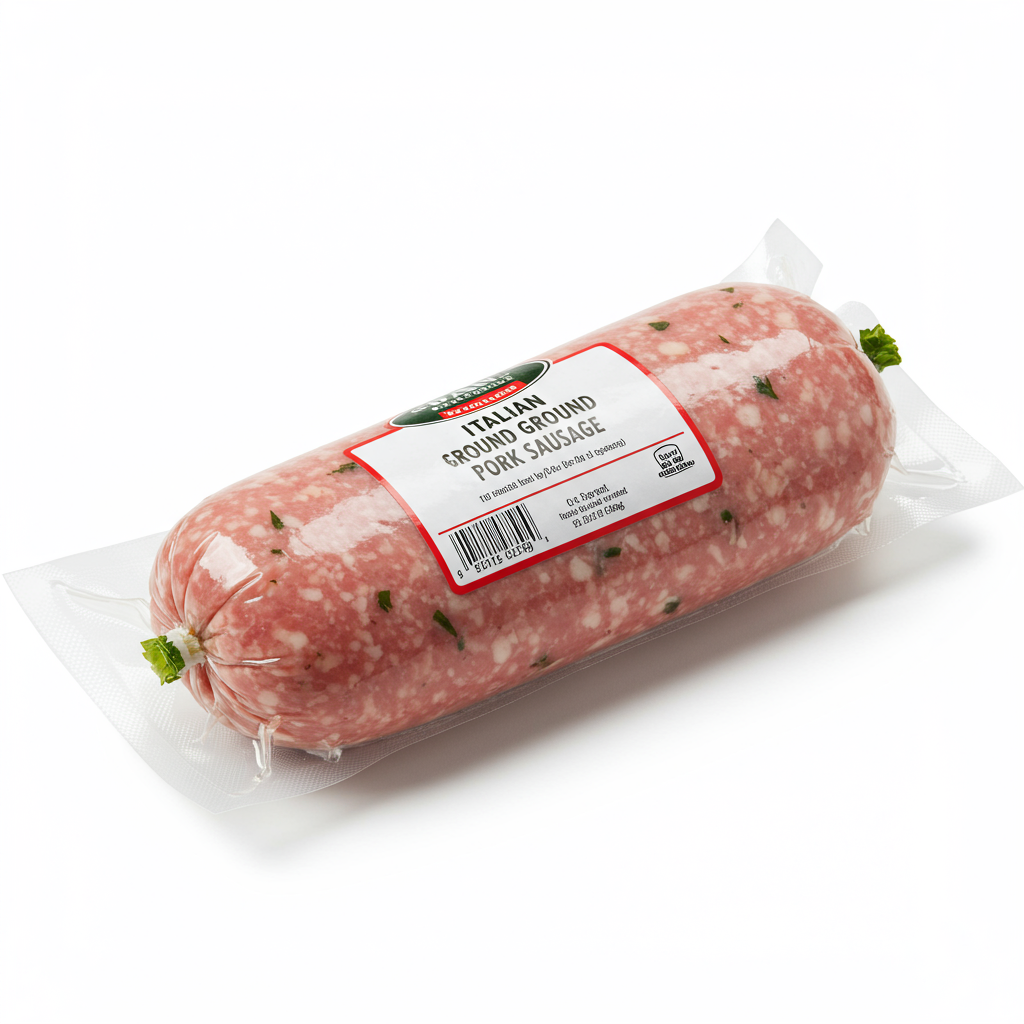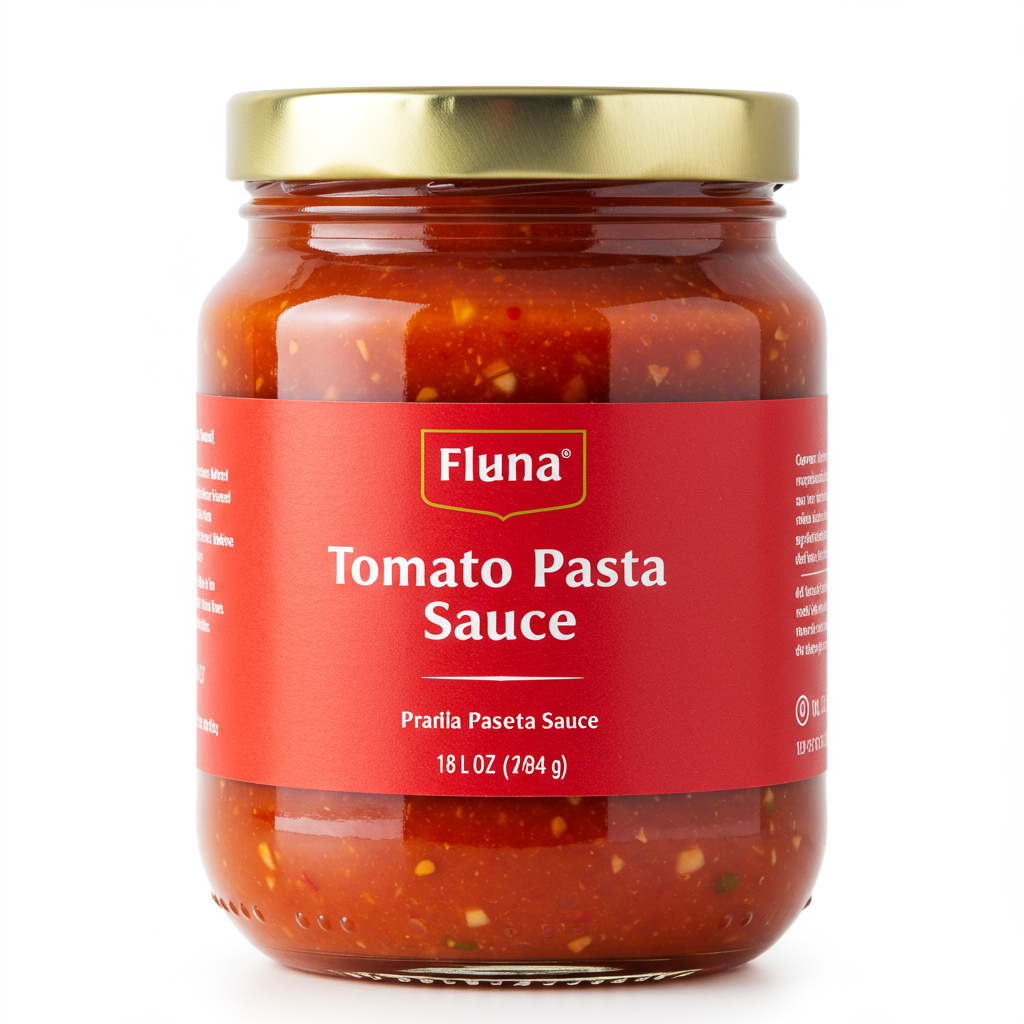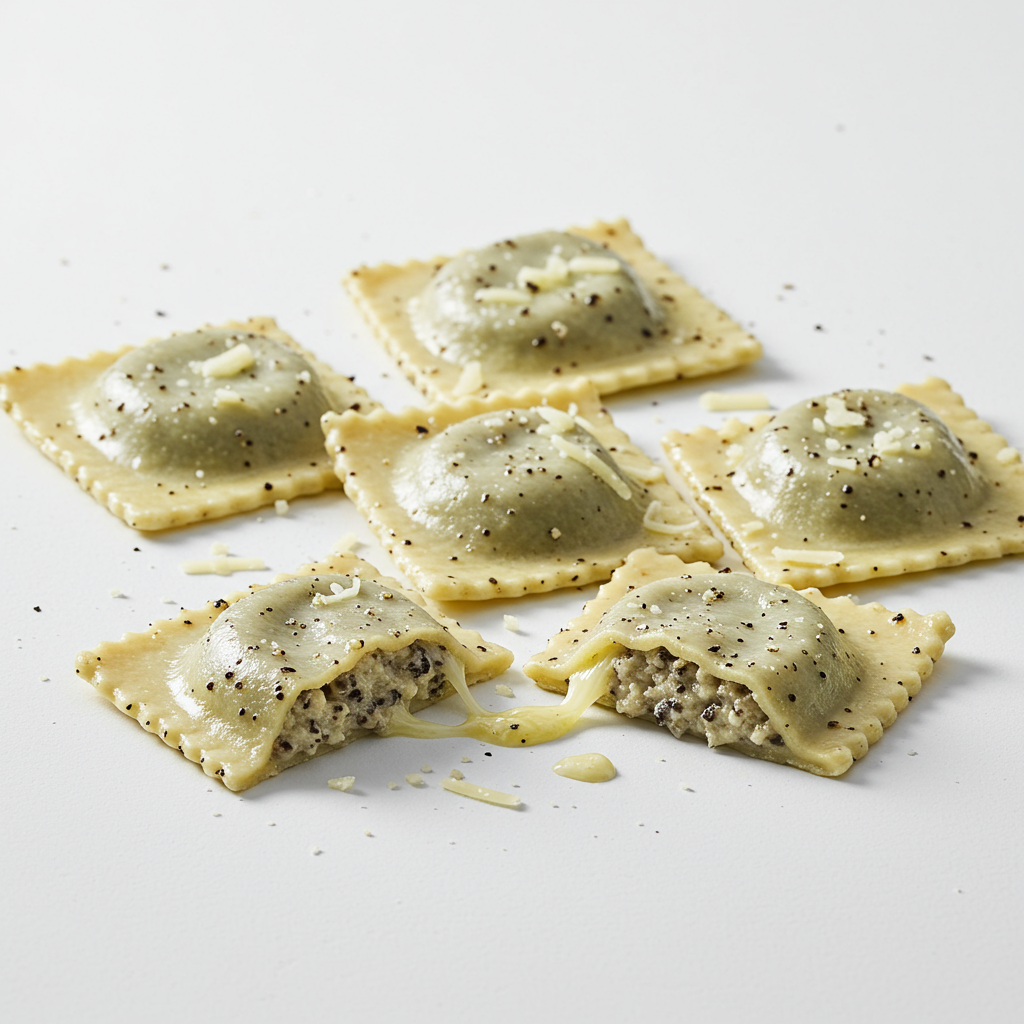Ravioli
Ravioli is a traditional Italian pasta dish that consists of a filling sealed between two layers of thin pasta dough. A popular form of stuffed pasta, the fillings for ravioli can range from a variety of ingredients such as cheese, meat, or vegetables and are typically served with a sauce. This versatile dish makes it a beloved choice for both exquisite dining experiences and comforting home-cooked meals.
Easily prepared either fresh or store-bought, ravioli can be boiled or baked, and served with a complementary sauce like tomato, pesto, or alfredo. The diverse range of possible fillings and sauces makes ravioli a favorite among pasta lovers and suitable for various dietary preferences.
73%
CARBS
9%
FAT
17%
PROTEIN
927 Ravioli Products
bettergoods Ricotta and Lemon Ravioli
Member's Mark Bacon Carbonara Ravioli
Nuovo Pasta Pumpkin & Bats Ravioli, 2 X
Marketside Lemon & Burrata Ravioli, Refrigerated
Goat Cheese & Caramelized Onion Ravioli
Priano Crab Ravioli
Pumpkin Ravioli
Smoked Gouda & Roasted Poblano Ravioli
Nuovo Pasta Pumpkin & Sage Ravioli
Priano Pumpkin Sage Ravioli
Used In 3 Recipes
Ravioli Is Frequently Used With
Ravioli FAQ
When cooking ravioli, both amateur and seasoned cooks can run into a variety of common concerns. Often, they worry about the pasta sticking together, whether the filling is fully cooked, or how to achieve the perfect 'al dente' texture. Usually, putting ravioli into boiling water that isn't salty enough, overcrowding the pot, or not stirring the pasta gently can lead to sticky or mushy ravioli. Achieving the best taste and texture from ravioli requires some understanding of Italian cooking and knowledge of the basic techniques.
With a few kitchen hacks, cooking ravioli can turn into an enjoyable experience with delicious results. Using plenty of water and salt in the pot can help the ravioli to cook evenly and add flavor. Stirring the pasta occasionally and gently can help prevent it from sticking without damaging the delicate pockets. Cooking store-bought frozen ravioli? No need to thaw, you can throw them directly in the boiling water from the freezer, increasing the cooking time a bit. Little known tip: You can even toast ravioli in a skillet for a delightful crispy dish!
When it comes to sauces, it's essential to match the sauce with the filling. Delicate fillings, like cheese or vegetables, are better suited to light, butter or cream-based sauces, while rich meat-filled ravioli can stand up to heartier tomato or ragu sauces. The rule of thumb is that the sauce should complement, not overpower, the filling.
Should I boil or bake ravioli?
Do I need to thaw frozen ravioli before cooking?
How can I prevent my ravioli from sticking together?
How do I know when my ravioli is cooked?
Can I fry ravioli instead of boiling?
What sauce goes best with ravioli?
Should I add oil to the water when cooking ravioli?
Can I use an instant pot to cook ravioli?
How can I make my ravioli more flavorful?
Can I make ravioli from scratch at home?
Expiration & Storage Tips
When does ravioli expire?
Unopened commercially packaged ravioli will usually stay good at room temperature up until the 'Best By' date has passed. Once opened, you should transfer any unused portions to an airtight container and store in a refrigerator within 2 hours, where they can last for about 2-4 days. Homemade ravioli needs to be refrigerated immediately and used within 2 days. If you freeze your ravioli, whether homemade or store-bought, it can last up to 2-3 months.
How do you tell if ravioli is bad?
The signs of spoilage in ravioli both store-bought and homemade are similar to other types of cooked pasta. These can include changes in smell - if the ravioli begins to give off an off, sour, or 'off' smell, it's likely not safe to consume. Look for changes in color, particularly if the pasta turns a darker yellow color or begins to become discolored with mold. Any visible spots of mold or other growth on the ravioli itself would also indicate that it's no longer safe to eat. Lastly, a slimy or sticky texture would also indicate spoilage.
Tips for storing ravioli to extend shelf life
• Always store opened or homemade ravioli in an airtight container to avoid exposure to air which can accelerate spoilage.
• If you have uncooked leftover ravioli, consider freezing them for longer storage. Simply place them in a single layer on a baking sheet lined with parchment paper, freeze, and then transfer to a freezer bag or airtight container. This prevents them from sticking together.
• Never leave cooked ravioli at room temperature for more than 2 hours. Bacteria grow rapidly at temperatures between 40°F and 140°F, which can lead to foodborne illness.
• If you won't be eating the ravioli immediately after cooking, you can cool it rapidly in ice water and then refrigerate. This will extend its shelf life by a day or two.
• Consider labeling your frozen items with the date of freezing. This can give you a clear idea of how long the item has been stored.
EXPIRES WITHIN
19 - 29
MONTHS
Equivalents
Substitutes
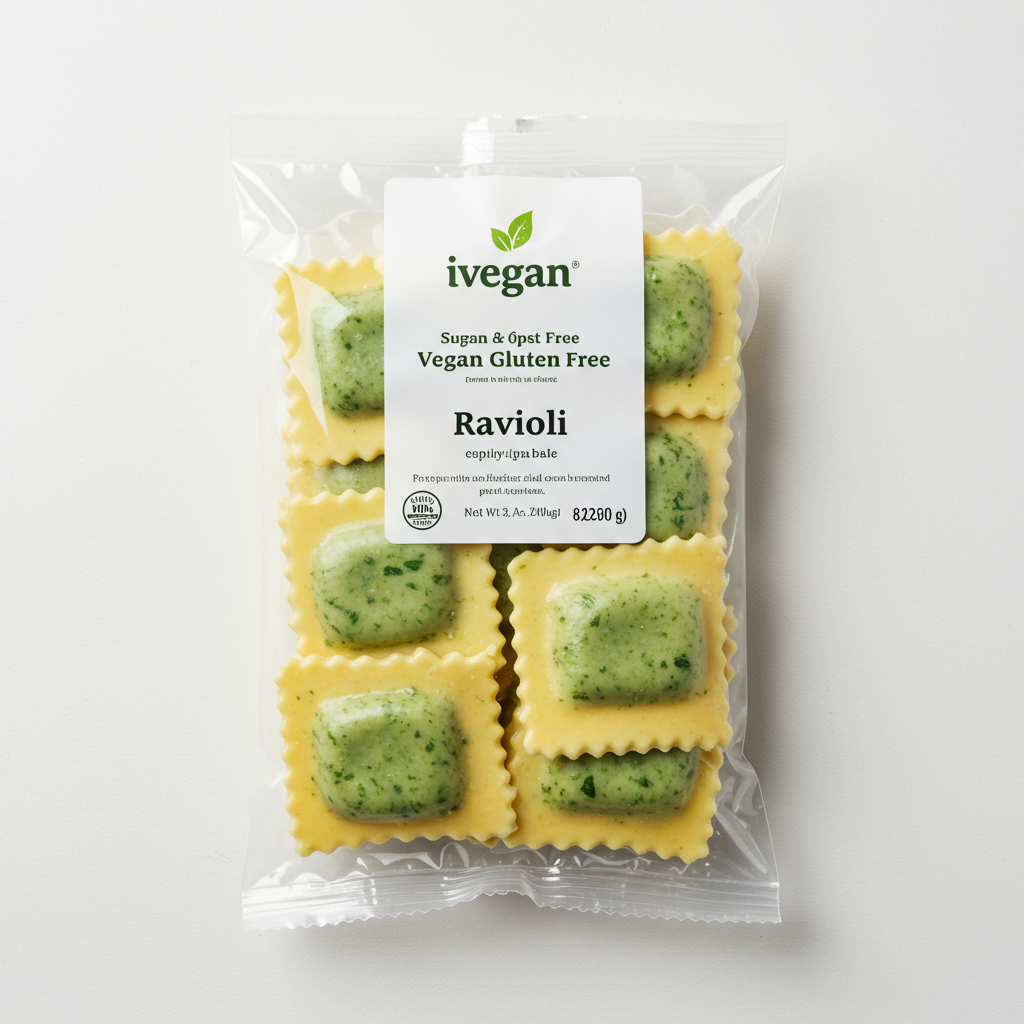
Vegan Gluten Free Ravioli

Lobster Ravioli

Truffle Ravioli

Sausage Ravioli
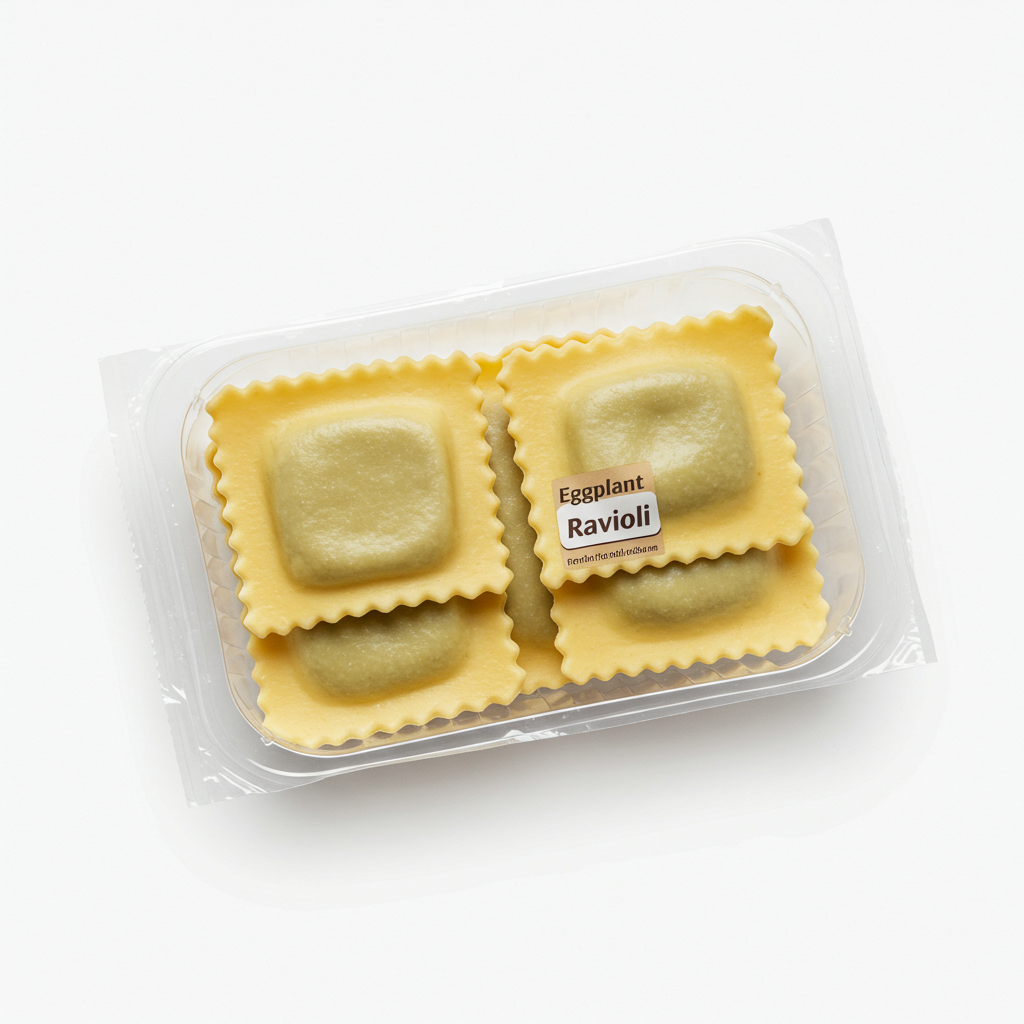
Eggplant Ravioli

Mushroom Ravioli

Vegan Ravioli

Mushroom Tortellini
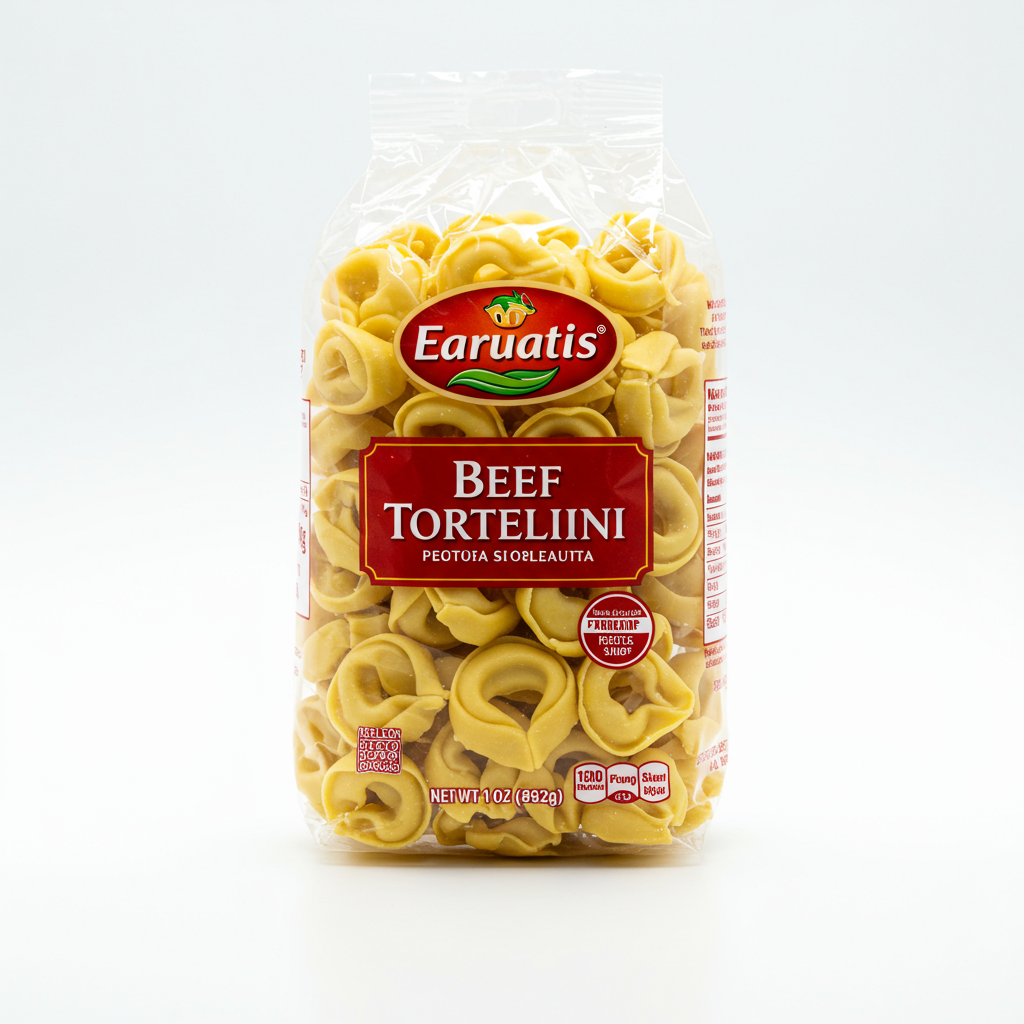
Beef Tortellini Pasta

Sausage Tortellini
See All
Health Info
Macros
79g
CARBS
10g
FAT
18g
PROTEIN
Allowed on these diets
LOW FAT
HIGH CALCIUM
VEGETARIAN
Contains these allergens
MILK
WHEAT

